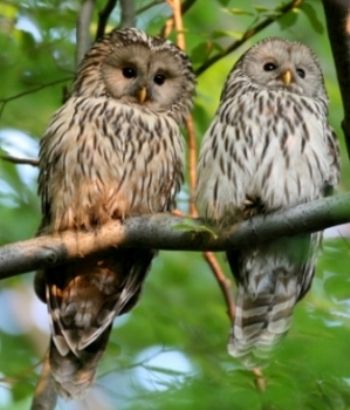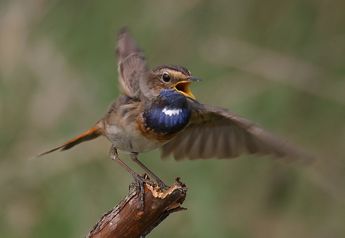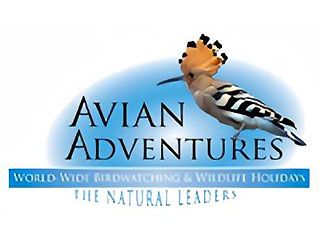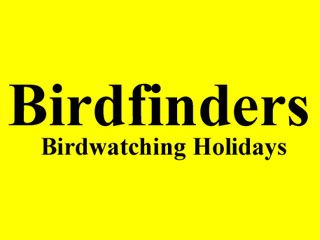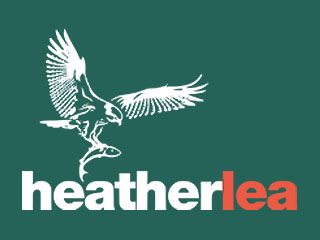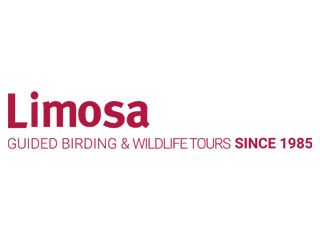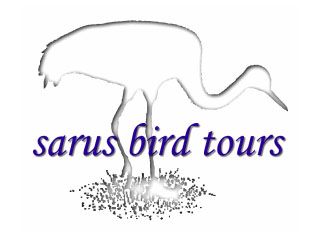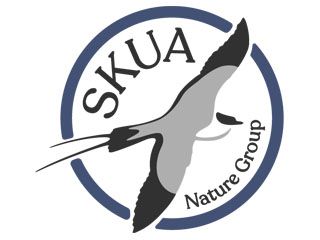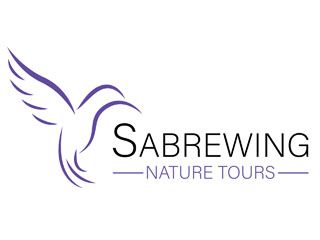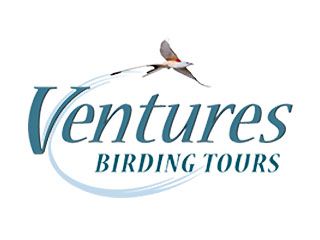Ecotours Worldwide - Stop Dreaming - Start Booking
Best birding in Hungary - Kiskunsag Steppe & Bukk Hills
9 woodpecker species including White-backed, Black, Grey-headed, Middle-spotted Woodpecker, as well as Saker Falcon, Imperial Eagle, Great Bustard, Ural Owl, Red-throated Pipit, Collared Pratincole, Moustached Warbler, Penduline Tit, Stone Curlew, Hawfinch await you during this holiday.Our Hungary trip takes you to the best places in the country, first to the famous "puszta" of Kiskunság and then to the Bükk Hills. Both areas are protected as national parks and are partly or entirely World Heritage sites.
Similarly to Hortobágy, the scenic Kiskunság National Park still preserves parts of the once continuous Eurasian steppe, the so called "puszta". Bird species found here reflect this special habitat, which is really different to other regions of Europe. The Kiskunság NP hosts one of the biggest populations of Great Bustards in Europe, but has other highlights to offer as well. Alkaline lakes and temporary flooded areas of grassland attract huge numbers of ducks, geese and waders. Species include Ferruginous Duck, Garganey, White-winged Black Tern, thousands of Ruff, Golden Plovers and other migrating shorebirds. We might be able to see Stone-Curlew, Collared Pratincole, Tawny Pipit, Red-throated Pipit and later in May Lesser Grey Shrike, Roller, Golden Oriole and Bee-Eater.
Most of the Bükk Hills is characterized by vast beech woods and open limestone meadows with all the different karst forms produced by erosion such as fissures, sinkholes, underground streams and caverns. It is a perfect area for birding, where raptors soar above the valleys and dense deciduous woodlands provide home for species such as owls, warblers, woodpeckers including Black, White-backed, Grey-headed, Middle Spotted & Syrian.
Download detailed PDF itinerary
Fact File
- 8 days in Hungary visiting all the best parts of Kiskunsag & Bukk National Parks having rare birds, mammals & other wildlife
- perfect tour for wildlife photography; possible to use portable hides as well
- start and finish in Budapest
- using only 2 accommodations located on site, one is our own lovely Kondor EcoLodge and the other is a family style guesthouse or small hotel in the Bukk Hills
Highlights
- visiting great National Parks and protected areas such as Kiskunsag & Bukk NP
- wide variety of birds, mammals, butterflies and habitats
- plenty of raptor and several owl species, 9 woodpeckers of Europe
- unique scenery of the Westernmost edge of the Asiatic steppes & a limestone hilly region covered with dense woods
- rather easy trails, short driving distances through well preserved landscapes
- rural lifestyle & wide variety of wildlife; birds, mammals, butterflies, flowers & amphibians
Accommodation
- 3nights at our charming, bird-rich family-style hotel, Kondor EcoLodge at Kiskunság NP
- 3 nights in the Bukk Hills
Price
www.ecotours-worldwide.com/dates-prices
Ask for the actual price.
Our price includes:
- all travel as noted in the itinerary;
- all accommodation based on shared rooms (most rooms are twin bedded), at most locations there are single rooms as well for extra charge (Please ask for a single room at the time of booking!);
- 3 meals per day, generally breakfast at the accommodation, packed lunch, dinner (consists of at least two courses);
- services of the leader(s);
- trip materials.
Not included:
- flights to and from Budapest;
- optional programmes to places of interest and entrance fees involved;
- airport and other departure taxes, tips;
- food beyond generally 3 meals/day mentioned in the itineraries;
- excess baggage charges;
- telephone calls;
- alcoholic beverages;
- compulsory personal insurance.
If you have questions about the inclusion of any cost item, please contact us.
Activity level
- Generally easy to moderate walks
- Lots of onsite wildlife observing possibilities
- Weather generally favourable
Itinerary

Days 1-4
Our Kondor EcoLodge is less than 60 miles from the Budapest airport in the heart of the Kiskunsag National Park, so we cross some of the attractive parts of it after your arrival. The lodge grounds itself can yield some of the birds that could become easily the highlight of our day in the field. Bee-eaters abound in the National park and a few breed nearby as well as Rollers and Red-footed Falcons. Other birds that can postpone our morning departures from the lodge are Golden Oriole and Hoopoe. Common and Black Redstart both breeding in the garden, Spotted Flycatcher as well. Mammals are also noteworthy – Eastern Hedgehog, Steppe Polecat, Red Squirrel, Otter, European Souslik – but with the exception of Souslik they are usually more difficult to be located.
One of the typical habitats of Kiskunsag is the flat, perfect plain of the "puszta" which has several different types ranging from dry grassland to marshy meadows. Kiskunsag grassland is the typical habitat for population of Great Bustard. This is also a home to Stone Curlew, Tawny Pipit, Lesser Grey Shrike, Wheatear, and a set table for foraging Imperial Eagle, Red-footed and Saker Falcon. If we want to see Collared Pratincoles we should go where puszta meets arable land. Occasionally a Black-winged Pratincole can be spotted there too.
If we should choose the flag species of this area we would go for Roller and Great Bustard. The best Hungarian populations for both are at Kiskunsag. To see the Great Bustard we have to drive to vast plains of north Kiskunsag while Roller core breeding area can be found right where our hotel is. Sightings of displaying bustards or roadside feeding Rollers are truly an unforgettable experience. Red-footed Falcons are also numerous and they add to the colour range of local birds. Indeed, the most colourful species seem to abound here.
During our stay we will check the most important natural alkaline lakes which generally have very high salt concentration. They are rather flat and rich in nutrients and thus very suitable for thousands of birds that stop by, namely large flocks of Ruff and Dunlin. Different species can be found at gravel pits and alongside the canals connecting Tisza and Danube rivers with drier areas. Floodplains of River Tisza and its several oxbow lakes are also perfect birding spots. This group of breeding water birds are include Avocet, Black-winged Stilt, Kentish Plover, Pygmy Cormorant, Black-necked Grebe, Squacco and Purple Heron or Spoonbill. Reedbeds are teeming with Penduline Tit, Bearded Reedling, Great Reed, Savi's and Moustached Warbler. It is usually more common to hear than to see Bittern, Corncrake, Spotted Crake and Little Crake, but we should be able to catch a glimpse of some of these. Marsh and Montagu´s Harriers hover over the fields and sometimes a Short-toed Eagle turns up.
A panic in the flocks of Ferruginous Duck, Shoveler, Garganey and Red-crested Pochard announces a presence of White-tailed Eagle or Saker Falcon. Whiskered Tern breeds in a common way while Black and White-winged Black Terns do so in favourable years only. Alongside Black-headed and Yellow-legged Gulls there are a few colonies of Mediterranean Gulls as well.
We shall visit one of the seasonal farms on puszta and observe livestock and birds like Tawny Pipit, Crested Lark, Little Owl or Lesser Grey Shrike. We will also try to go out at night to watch and listen to some of the local Scops Owls and Nightjars. The hotel surroundings may offer a chance to see a display flight of the latter.
Days 4-7
On the way towards the Bukk Hills we will visit a fantastic wetland, breeding site of Pygmy Cormorant and Glossy Ibis. Squacco Heron, Purple Heron, Night Heron are here in good numbers along with Ferruginous Ducks. We have good chances to see all 3 marsh terns. Black Stork and White-tailed Eagle breed in the gallery forest of the River Tisza and Spotted and Little Crake calls from the reeds this time of the year. Later in the day we travel towards the Eastern part of the country where we will spend 3 nights in an excellent family run hotel, by the foot of the Bükk Hills. It has probably the best cuisine in the region. On our way we check some good sites for Imperial Eagle and Saker Falcon.
It is a good place to search for Middle-spotted and Syrian Woodpecker in the orchards of the village where Wryneck, Hawfinch and Golden Oriole is also possible. We visit the entrance of a valley where several pairs of Rock Bunting breed in an abandoned quarry. We enter the old beech forests of the hill searching for Grey-headed, Black and the elusive White-backed Woodpecker. The wet mountain meadows hold Corncrake, River Warbler and the dry scrub is inhabited by Barred Warbler. From mid May several pairs of Red-breasted Flycatcher are found here, but Collared Flycatcher and Wood Warbler is singing from earlier on. If time permits we can try to see Ural Owl in appropriate habitats. We also check the Southern slopes of the hills for Imperial Eagle and Saker Falcon. Here we often see Goshawk and Lesser Spotted Eagle too. Depending on time we might have opportunity to visit the nearby Borsodi Mezőség or so called "Little Hortobágy". It is a wonderful area of wetland and grassland habitats with a healthy population of Imperial Eagle, Saker, Roller, Red-footed Falcon and Lesser Grey Shrike. Finally on the last day we travel to Budapest, birding en route.

Contact
Phone: Call May-October; Text all year
+36 30-645-9318 or +36 30-211-0006
Call Nov-April: +506 84961012 or 84961417
e-mails:
ecotoursgabororban @ gmail.com
toucanbirdingecolodge @ gmail.com
Our mission
Our first priority is to save habitats & species.
Secondly we would like to share our knowledge of wildlife and encourage you to participate directly or indirectly in protecting nature.
We are also working continuously on our carbon balance with developing our 23 hectares of wildlife reserve.
